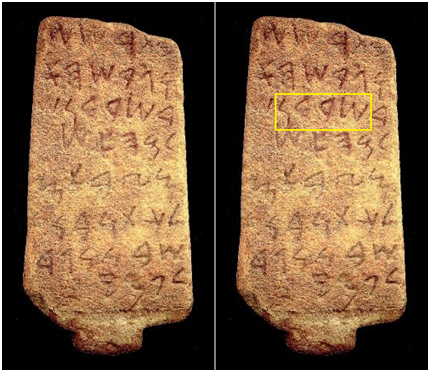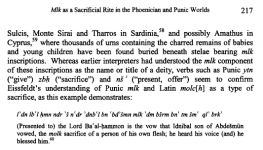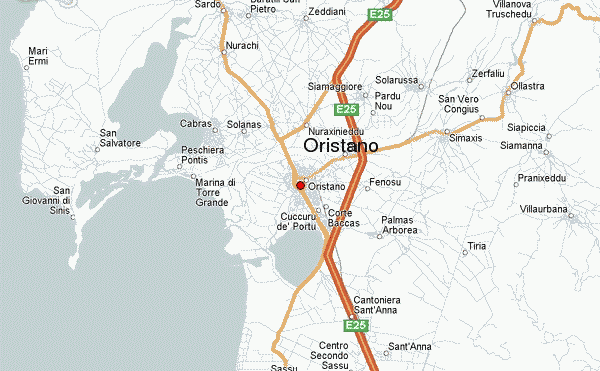alexfritz
Regular Member
- Messages
- 100
- Reaction score
- 17
- Points
- 0
- Ethnic group
- german/italian
- Y-DNA haplogroup
- R1a CTS11962+L1029+
- mtDNA haplogroup
- H80
There was a tradition among ancient historians, especially among those in the Roman era, to think that the indigenous inhabitants of Sardinia were Libyans or came from Libya, Cicero for instance in his "Pro Scauro" oration repeated in many instances that Sardinians were a mix of Phoenicians and Africans, and that Sardinia was the same as Africa. Perhaps it's because Sardinians spoke Punic, we know that Sardinian cities were of Phoenician culture and that Punic was still spoken at least until the 2nd century AD as testified by bilingual inscriptions found in the island, as you probably know modern Sardinians are the direct descendants of Neolithic settlers from Europe so now we know that the theory about their North Africa origins isn't true and North African admixture is insignificant among Sardinians. The only historian to break this tradition was Strabo who claimed the natives were Thyrrenians.
that is the point in specifics about Cicero 'pro scauro' in has to be viewed in a special context, a lawyer defending his client M.A.Scaurus by highlighting implying the sardinians to be punic/carthaginian meaning enemy in character not ethno-cultural; what i have puzzled together so far is that of course Carthage itself being settled by Phoenicians from the Mediterranean coast of the Levant; The native Libyans (aka Berbers) were always an integral part of Carthage as it becomes clear when just looking at Carthaginian armies from Himera(early 5th century BC)>2nd Punic-war(late 3rd century BC); Another peoples that became an integral part of the Phoenicians in the west and later Carthage were the Iberians (South and West Iberia) amongst whom many Phoenician colonies existed as early as the late Bronze-age/~900BC; Nancy H. Demand - The Mediterranean Context of Early Greek History (2011)

What further illustrates the role of the non-Phoenician peoples i.e. Libyans and Iberians in the context of Carthage, is the historical settlement of Phoenician/Punic colonies on Sardinia; In Pausanias (X/XVII) we are informed that the Phoenician/Punic colonies were first settled by Libyans sailing under Sardo (a semi-mythical person) and than Nora was founded by Iberians sailing under Norax; Archaeologically Phoenician/Punic colonies started to exist in Sardinia since the 8th/7th century BC (Aubet 2001/p.236) and are seemingly all coastal; Pausanias also mentions that the Iberians and Libyans at one point revolted from the Carthaginians (rule) on Sardinia, yet the Nora-stele of the 8th century BC clearly illustrates that the language in use (adm) was Phoenician, plus that the island/(or people) was known as Sherden [SRDN] app after Sardo who established the first Phoenician/Punic colonies if it does however apply to an ethnonym than it could even be a recorded endonym;

the 'tophets' of sardinia are also very valuable for ccarthaginian/phoenician child sacrifice myth or reality? tophets have also been excavated in numerous other Phoenician/Punic colonies such as at Motya in Sicily but especially on Sardinia (Tharros/Nora/Sulcis/Monte Sirai); It seems to depend on the inscription of the stele with stelae that have the inscriptions of mlk 'dm designate urns with human remains and stelae with the inscriptions mlk 'mr or molchomor designate urns with animal (usually lamb/sheep) remains; Francesca Stavrakopoulou - King Manasseh and Child Sacrifice: Biblical Distortions of Historical Realities (2004)






